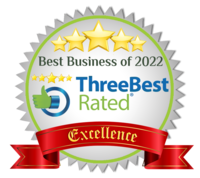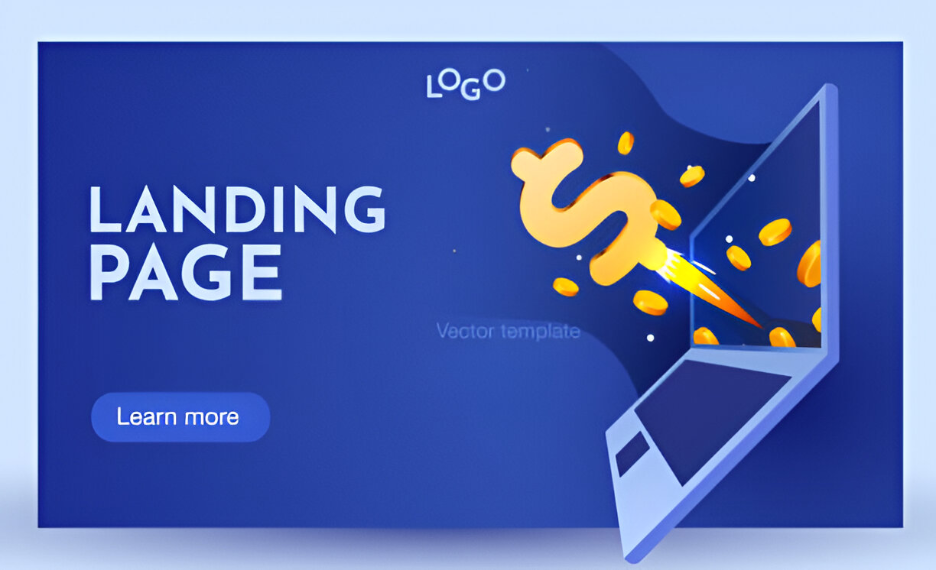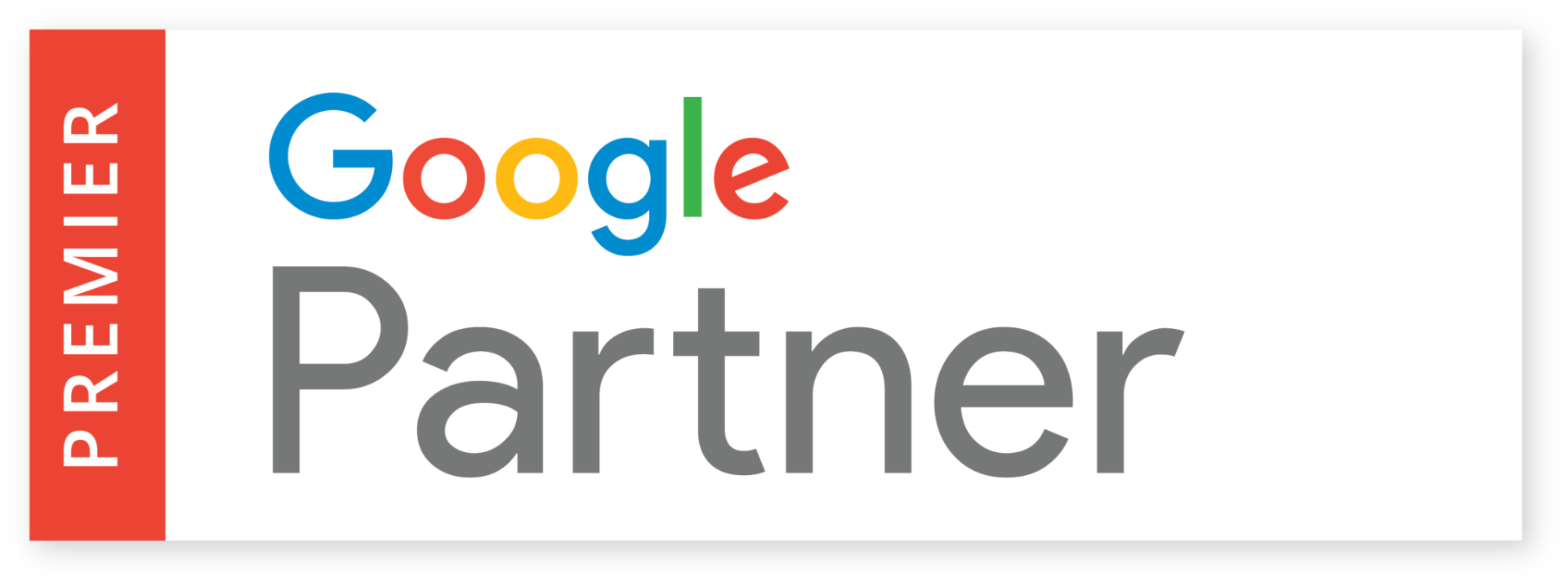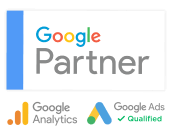Effective SEO Strategies to Skyrocket Your Business Growth
Are you struggling to boost your online visibility and attract more customers? With over 70% of online experiences beginning with a search engine, mastering SEO strategies is essential for any business aiming for growth. This article will guide you through essential tactics, including keyword research, on-page optimization, and local SEO tactics. By applying these methods, you can improve your website's ranking and reach your target audience effectively. Addressing these challenges will help turn your online presence into a powerful tool for business success.
Key Takeaways
- Identifying high-intent keywords is essential for connecting with target audiences effectively
- Regularly updating keyword strategies helps maintain online relevance and improve search visibility
- Analyzing competitor tactics can reveal opportunities for enhancing SEO performance
- Structuring content around the buyer journey increases engagement and conversion rates
- Optimizing Google Business Profiles boosts local search visibility and attracts potential customers
Establish Foundational Keyword Research for Targeted Growth

Identifying high-intent keywords is crucial for understanding customer needs and driving traffic. Analyzing competitor keyword strategies reveals opportunities for growth, while mapping keywords to various stages of the buyer journey facilitates targeted content creation. Utilizing long-tail keywords helps capture specific search queries, especially from mobile devices. Regularly refreshing the keyword list ensures ongoing relevance in search engine results, enhancing brand awareness and overall visibility for a B2B SaaS SEO agency.
Identify High-Intent Keywords Your Customers Use
Identifying high-intent keywords involves understanding the specific terms consumers use when seeking solutions that your business provides. For instance, alevelup agency can enhance its reputation by leveraging keyword descriptions that reflect the needs and pain points of potential clients. By incorporating these high-intent keywords into content creation, businesses can effectively connect with their target audience, driving better engagement and ultimately achieving growth.
Analyze Competitor Keyword Strategies for Opportunities
Analyzing competitor keyword strategies can unveil valuable opportunities for improving search engine optimization and enhancing visibility within the crowded online marketplace. By examining how rivals utilize long tail keywords, businesses can identify gaps in their own strategy and capitalize on these insights to optimize their Google Business listings. This targeted approach not only improves engagement but also maximizes return on investment by driving more relevant traffic to their sites, thereby supporting effective SEO marketing for small businesses.
| Strategy | Action | Benefit |
|---|---|---|
| Competitor Analysis | Evaluate rival keywords and content | Identify successful strategies and gaps |
| Long Tail Keywords | Incorporate detailed phrases | Capture specific search queries |
| Google Business Optimization | Enhance listings and keywords | Drive local traffic and engagement |
| Return on Investment | Measure effectiveness of strategies | Maximize marketing efforts |
Map Keywords to Different Stages of the Buyer Journey
Mapping keywords to distinct stages of the buyer journey is vital for effective SEO strategies. By understanding user behavior at each phase—awareness, consideration, and decision—businesses can tailor their content management efforts to meet specific needs. A well-optimized approach allows an SEO marketing agency to create targeted content that resonates with potential clients, enhancing visibility on platforms like Microsoft Bing and fostering engagement.
| Buyer Journey Stage | Keyword Focus | Content Strategy |
|---|---|---|
| Awareness | Informational keywords | Blog posts and guides |
| Consideration | Comparative keywords | Case studies and testimonials |
| Decision | Transactional keywords | Landing pages and offers |
Utilize Long-Tail Keywords to Capture Specific Search Queries
Utilizing long-tail keywords is essential for enhancing organic search results and connecting with potential clients. For example, a well-crafted Google Business Profile can leverage specific phrases that reflect common customer queries, such as "best lawn sprinkler system installation expert near me." This approach not only improves accessibility but also allows businesses to target niche audiences effectively through SEO for business, driving higher engagement and conversions.
| Keyword Strategy | Example Phrases | Benefits |
|---|---|---|
| Long-Tail Keywords | "affordable lawn sprinkler installation in [city]" | Reach specific, high-intent customers |
| Google Business Profile | "best lawn care services in [area]" | Enhance visibility and accessibility |
| SEO for Business | "expert sprinkler repair services near me" | Increase relevant organic traffic |
Refresh Your Keyword List Periodically for Relevance
Regularly refreshing the keyword list is essential for maintaining online visibility and ensuring that an SEO strategy remains effective, particularly for law firms. As trends in search behavior evolve, outdated keywords can lead to spamdexing, which negatively impacts search rankings. By periodically analyzing search data, law firms can adapt their keyword strategies to align with current employment trends and client needs, thus enhancing their overall effectiveness in attracting potential clients.
With a strong foundation in keyword research, the next step lies in refining your content. Mastering on-page optimization techniques will guide you toward better rankings and greater visibility.
Master on-Page Optimization Techniques for Better Ranking

Effective on-page optimization is vital for businesses aiming to improve their search engine rankings. Key techniques include crafting compelling title tags and meta descriptions to attract clicks, optimizing header tags for clear structure, and developing high-quality content that meets user intent. Additionally, implementing internal linking guides users through a content management system, while improving image alt text enhances both accessibility and search visibility, thereby reducing the risk of spamming and supporting DIY SEO for small businesses.
Craft Compelling Title Tags and Meta Descriptions
Crafting compelling title tags and meta descriptions is essential for optimizing visibility on the search engine results page. These elements not only influence click-through rates but also signal to the algorithm what content is relevant to customer searches. By focusing on creating clear, concise, and engaging descriptions, businesses can effectively attract web traffic without resorting to black hat techniques that may harm their reputation and search rankings.
Optimize Header Tags for Clear Structure and Readability
Optimizing header tags is key to establishing a clear structure and enhancing readability, allowing a brand's content to be easily navigated by both users and search engines. Proper use of header tags, such as H1, H2, and H3, helps to define the hierarchy of information, which not only improves user experience but also contributes to better analytics. By integrating relevant keywords and maintaining a focus on contextual advertising, businesses can increase revenue and drive more organic traffic.
| Header Tag | Purpose | Benefits |
|---|---|---|
| H1 | Defines the main title of the page | Attracts user attention and boosts SEO |
| H2 | Subheadings that categorize content | Enhances readability and content organization |
| H3 | Defines more specific sections | Improves clarity and supports deeper context |
Develop High-Quality Content That Satisfies User Intent
Developing high-quality content that satisfies user intent is a fundamental aspect of effective SEO for your business. This involves understanding what information users seek and delivering it in a way that is informative and engaging. By focusing on elements such as the meta element and ensuring optimal readability, businesses can create valuable resources that resonate with their audience, thereby enhancing user satisfaction and boosting search rankings. SEO expert Danny Sullivan emphasizes the importance of aligning content with user needs, which leads to improved engagement and effectively addresses common pain points among users.
| Content Element | Importance | Benefits |
|---|---|---|
| High-Quality Content | Addresses user intent | Boosts engagement and satisfaction |
| Meta Element | Enhances visibility on search engines | Increases click-through rates |
| Readability | Aids in user understanding | Encourages longer site visits |
Implement Internal Linking to Guide Users and Search Engines
Implementing internal linking is a crucial tactic for guiding users and enhancing search engine visibility, effectively supporting local search engine optimisation efforts. By strategically placing relevant phrases and links within content, businesses can direct users to related information, improving their overall experience and increasing time spent on the site. Moreover, a SaaS SEO agency can leverage internal linking to outperform competitors by ensuring that users easily navigate to valuable resources, thereby reinforcing their authority in the digital landscape.
| Internal Linking Strategy | Purpose | Benefits |
|---|---|---|
| Relevant Phrases | Connect related content | Enhance user navigation |
| User Experience | Guide users to valuable resources | Increase engagement and time on site |
| Competitor Analysis | Identify link opportunities | Improve SEO performance |
Improve Image Alt Text for Accessibility and Search Visibility
Improving image alt text is a fundamental aspect of enhancing accessibility and boosting search visibility for small businesses. By incorporating descriptive and relevant keywords within the alt text, businesses can enable better understanding for users with visual impairments while also signaling to search engines what the images portray. This practice is vital for small business marketing, as it contributes to overall small business SEO performance by driving organic traffic through improved web analytics.
| Element | Purpose | Benefits |
|---|---|---|
| Image Alt Text | Describes the content of an image | Enhances accessibility and boosts SEO |
| Descriptive Keywords | Provides context to search engines | Improves search result relevance |
| Web Analytics | Tracks user engagement with images | Informs future marketing strategies |
After perfecting on-page strategies, the next step draws closer. Building website authority through smart off-page actions can elevate your presence and open new doors.
Build Website Authority With Strategic Off-Page SEO Actions

Securing high-quality backlinks from reputable industry sources is essential for enhancing website authority. Managing online reputation, engaging in relevant online communities, and seeking guest blogging opportunities on authoritative websites fortify credibility. Additionally, amplifying content reach through social platforms increases visibility. These strategic actions not only align with digital marketing goals but also ensure that web crawlers recognize relevance, improving SEO business outcomes.
Earn High-Quality Backlinks From Reputable Industry Sources
To enhance website authority, link building through high-quality backlinks is pivotal for any business. Engaging with reputable industry sources not only strengthens a website's domain name but also significantly boosts its visibility in search engines. Effective online advertising, combined with a robust backlink strategy, can lower the bounce rate by driving targeted traffic that is more likely to convert, ultimately leading to substantial business growth.
Manage Your Online Reputation and Encourage Positive Mentions
Managing online reputation is essential for businesses seeking to enhance their authority and trustworthiness in the digital landscape. Regular audits of online mentions and reviews allow organizations to gauge public perception effectively, identifying both positive feedback and areas requiring improvement. By actively engaging with customers and addressing their concerns, businesses can foster a positive image that not only enhances pagerank but also improves overall user navigation experiences.
| Strategy | Action | Benefits |
|---|---|---|
| Online Reputation Management | Monitor reviews and mentions | Maintain a positive brand image |
| Regular Audits | Analyze feedback | Identify strengths and weaknesses |
| Customer Engagement | Respond to feedback | Build trust and loyalty |
Engage Authentically in Relevant Online Communities
Engaging authentically in relevant online communities is essential for businesses aiming to enhance their authority on the world wide web. By participating in discussions, sharing valuable insights, and addressing common concerns faced by potential clients, companies can capture attention and build trust. SEO optimization companies understand that meaningful interactions, particularly through social media, can significantly boost brand visibility and support SEO for small businesses, ultimately driving growth and encouraging customer loyalty.
Pursue Guest Blogging Opportunities on Authoritative Websites
Pursuing guest blogging opportunities on authoritative websites is an effective strategy to enhance website authority and improve SEO rankings. By contributing valuable content to respected platforms within the industry, businesses can establish credibility, increase their reach, and attract a targeted audience. This approach not only allows for the inclusion of relevant keywords, such as "google my business seo" and "email marketing," but also helps avoid pitfalls like duplicate content that can harm visibility in local search results. For example, providing insight into pricing strategies through a guest post can drive traffic back to a company's own site.
| Strategy | Action | Benefits |
|---|---|---|
| Guest Blogging | Contribute to authoritative sites | Enhances credibility and reach |
| Keyword Inclusion | Incorporate relevant phrases | Improves SEO effectiveness |
| Content Quality | Provide valuable insights | Attracts targeted audience |
Amplify Your Content Reach Through Social Platforms
Amplifying content reach through social platforms is an essential part of search engine marketing and overall digital strategy. By consistently sharing valuable insights and updates on platforms like Facebook, Twitter, and LinkedIn, businesses can enhance the usability of their web pages and engage a broader audience. For example, law firms that utilize social media to share case studies or legal tips can attract potential clients while simultaneously boosting their website authority and visibility in search results.
| Strategy | Action | Benefits |
|---|---|---|
| Social Media Engagement | Share valuable content | Enhances reach and authority |
| Target Audience Interaction | Address common inquiries | Builds trust and credibility |
| Regular Updates | Post consistent insights | Increases usability and engagement |
Building authority is essential, but a website needs strength beneath its surface. Next, the focus shifts to technical SEO, the backbone that holds everything together.
Strengthen Your Website’s Technical SEO Foundation

Boosting overall website loading speed and performance, ensuring seamless mobile-friendliness across all devices, and optimizing site architecture for easy navigation are key aspects of technical SEO. Implementing structured data markup enhances search visibility, while regular technical SEO audits help identify issues that may hinder site performance. Each of these topics is vital for creating a robust SEO foundation that supports business growth.
Boost Overall Website Loading Speed and Performance
Boosting overall website loading speed and performance is essential for enhancing user experience and improving search engine rankings. A slow-loading site can frustrate visitors, leading to higher bounce rates and lost opportunities. By optimizing images, minimizing HTTP requests, and leveraging browser caching, businesses can create a faster, more efficient website. This not only keeps potential customers engaged but can also significantly improve conversion rates, thereby contributing to business growth in a competitive online market.
Ensure Seamless Mobile-Friendliness Across All Devices
Ensuring seamless mobile-friendliness across all devices is vital for enhancing user experience and improving search rankings. As a significant portion of website traffic now comes from mobile devices, businesses must implement responsive design techniques that adapt their content to various screen sizes. This approach not only keeps users engaged but also reduces bounce rates, ultimately leading to increased conversions and business growth.
- Optimize website layout for different devices.
- Use responsive design principles to adapt content.
- Test mobile usability regularly to identify issues.
- Increase site speed for mobile visitors.
Optimize Site Architecture for Easy Navigation and Crawling
Optimizing site architecture is essential for enhancing both user experience and search engine crawling efficiency. A well-organized structure allows users to navigate easily, leading to increased engagement and reduced bounce rates. Implementing clear categories and a logical hierarchy not only aids visitors in finding information quickly but also enables search engines to index the site more effectively, which can ultimately boost rankings and visibility. Consider these key elements for an effective site architecture:
- Establish a clear hierarchy with parent and child categories.
- Utilize breadcrumbs for easy navigation.
- Incorporate a sitemap for crawling assistance.
- Ensure all pages are reachable within three clicks from the homepage.
Implement Structured Data Markup for Richer Search Results
Implementing structured data markup is a powerful strategy for enhancing search visibility and improving click-through rates. By utilizing schema markup, businesses can provide search engines with specific information about their content, such as products, reviews, and events. This not only helps search engines understand the context of web pages but also allows for richer search results, such as rich snippets, which can attract more user engagement and increase overall visibility in search results.
Conduct Regular Technical SEO Audits to Find Issues
Conducting regular technical SEO audits is essential for identifying issues that may hinder a website's performance and visibility. During these audits, businesses can uncover problems such as slow loading times, broken links, or poor mobile responsiveness that detract from user experience and search rankings. Implementing findings from these audits leads to improved operational efficiency and enhanced user engagement, ultimately driving business growth in a competitive online market.





